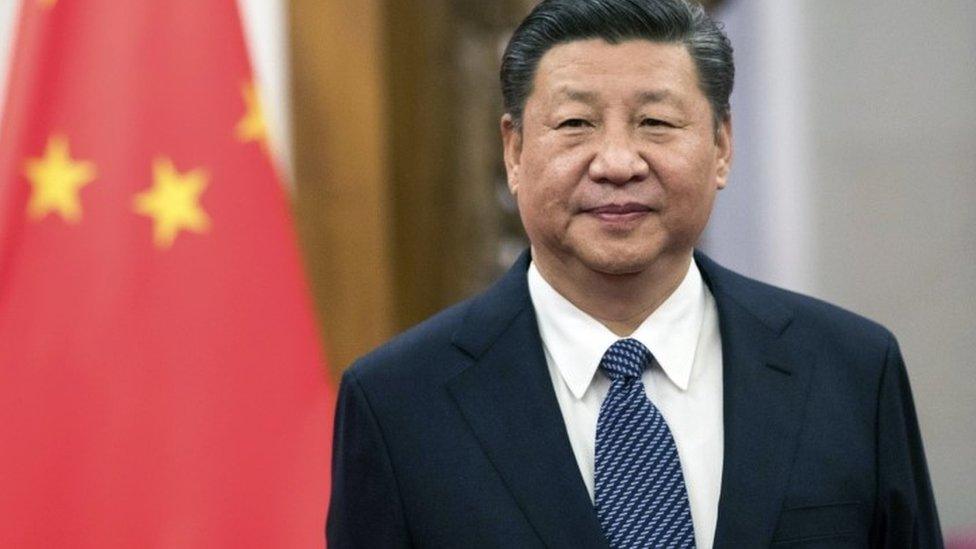- Courses
- GS Full Course 1 Year
- GS Full Course 2 Year
- GS Full Course 3 Year
- GS Full Course Till Selection
- Answer Alpha: Mains 2025 Mentorship
- MEP (Mains Enrichment Programme) Data, Facts
- Essay Target – 150+ Marks
- Online Program
- GS Recorded Course
- Polity
- Geography
- Economy
- Ancient, Medieval and Art & Culture AMAC
- Modern India, Post Independence & World History
- Environment
- Governance
- Science & Technology
- International Relations and Internal Security
- Disaster Management
- Ethics
- NCERT Current Affairs
- Indian Society and Social Issue
- NCERT- Science and Technology
- NCERT - Geography
- NCERT - Ancient History
- NCERT- World History
- NCERT Modern History
- CSAT
- 5 LAYERED ARJUNA Mentorship
- Public Administration Optional
- ABOUT US
- OUR TOPPERS
- TEST SERIES
- FREE STUDY MATERIAL
- VIDEOS
- CONTACT US
PM Inaugurates Z-Morh Tunnel in Jammu & Kashmir
PM Inaugurates Z-Morh Tunnel in Jammu & Kashmir

- On January 13, 2025, Prime Minister Narendra Modi inaugurated the Z-Morh tunnel in Sonamarg, Ganderbal district, Jammu & Kashmir.
- The tunnel is part of a series of infrastructure projects aimed at improving connectivity in the region.
- However, during his visit, the Prime Minister did not provide a timeline for the restoration of Statehood to Jammu & Kashmir.
Key points of the Z-Morh Tunnel Inauguration:
- Location: The Z-Morh tunnel is situated in Sonamarg, a popular tourist spot in central Kashmir.
- Length and Cost: The tunnel is 6.4 kilometers long and cost ₹2,700 crore to build.
- Significance: The tunnel is expected to make Sonamarg accessible year-round, even in the harsh winter months, which were previously inaccessible due to heavy snow. It will also improve access to remote areas like Kargil and Leh.
PM Modi’s Speech Highlights:
- Acknowledging Sacrifice: PM Modi honored the workers who built the tunnel, especially those who lost their lives in a militant attack at the construction site in October 2024.
- Benefits for Locals: He mentioned that during heavy snowfall, avalanches, and landslides, the road would often get blocked, cutting off hospitals and essential supplies. With the tunnel, life will be much easier for locals.
- Tourism Boost: PM Modi said that the tunnel would boost tourism in Sonamarg, which has already seen a significant increase in tourist arrivals.
Larger Infrastructure Development in Jammu & Kashmir:
PM Modi highlighted the broader plans for improving infrastructure in J&K. Some of the key projects include:
- Chenab Bridge: The world’s highest rail bridge, which is already getting global attention.
- Udhampur-Srinagar-Baramulla Railway: Connecting major cities in the region by rail.
- National Highways and Ring Roads: For better road networks.
- ₹42,000 Crore Investment: The government is investing heavily in projects like 14 tunnels, including ones similar to Z-Morh. This will make J&K the most connected region in India.
PM Modi’s Vision:
- He said that these efforts aim to make J&K the “crown” of India, improving its prosperity, connectivity, and peace.
- He emphasized the idea that progress in J&K is crucial for the overall development of India, noting the unity of the nation.
PM Modi’s Response to Statehood Demand:
During the event, Jammu & Kashmir Chief Minister Omar Abdullah raised the issue of restoring Statehood to J&K, referring to the Prime Minister’s previous promises.
- PM Modi’s Answer: The Prime Minister did not commit to a specific timeline for restoring Statehood, but assured that when he makes a promise, he always delivers. He said, “Every time has its right time. Right things will happen at the right time.”
CM Omar Abdullah’s Comments:
- He reminded the Prime Minister of his previous promises during his visit on International Yoga Day, including restoring Statehood. Abdullah emphasized that the government had already fulfilled the promise of holding Assembly elections in J&K, without any issues of rigging.
- He expressed hope that the promise of Statehood would soon be realized, and that J&K would regain its full state status.
J&K’s Progress and Peaceful Development:
-
Infrastructure and Connectivity:
- The Prime Minister highlighted the importance of infrastructure in creating a more connected and prosperous Jammu & Kashmir. With better roads, railways, and tunnels, the region is becoming more accessible.
- The Z-Morh tunnel is an example of how infrastructure can help local communities, improve tourism, and boost the economy.
-
Focus on Peace and Security:
- Lieutenant Governor Manoj Sinha praised the shift in J&K from violence and separatism to peace and development. He said that under PM Modi’s leadership, J&K has been brought out of a long period of turmoil and is now on the path of growth.
- Tourism is now replacing terrorism as the main topic of discussion in the region.
-
Boost to Tourism:
- The Z-Morh tunnel will make it easier for tourists to visit Sonamarg even in the winter months, promoting year-round tourism.
- This increased tourism is expected to benefit local businesses, especially those in the hospitality sector.

Demand for Statehood in Jammu and Kashmir
|
Background |
Jammu and Kashmir (J&K) was granted special status under Article 370 of the Indian Constitution, which provided it with its own constitution, flag, and administrative autonomy. This allowed J&K to govern many of its internal affairs independently. |
|
|
Reorganization of Jammu and Kashmir (2019) |
On August 5, 2019, the Indian government revoked Article 370, ending J&K’s special status. In its place, the Jammu and Kashmir Reorganization Act was passed, dividing the state into two Union Territories: |
|
|
Jammu and Kashmir (Union Territory) |
J&K became a Union Territory with a Legislative Assembly. |
|
|
Ladakh (Union Territory) |
Ladakh became a Union Territory without a Legislative Assembly. |
|
|
Current Administration |
- J&K is now governed under Article 239 (applicable to Union Territories). - The Jammu and Kashmir High Court serves as the high court for both J&K and Ladakh. |
|
|
Representation in Parliament |
- Jammu and Kashmir has 5 Lok Sabha seats and 4 Rajya Sabha seats. - Ladakh has 1 Lok Sabha seat. |
|
|
Demand for Statehood in Jammu and Kashmir |
||
|
Political Parties’ Demand |
National Conference (NC) and other political parties in J&K are demanding the restoration of Statehood to the region. They point to the Centre's promise that J&K, after being downgraded to a Union Territory in August 2019, would eventually regain its Statehood. |
|
|
Reason for Demand |
Political parties and activists believe that restoring full statehood will: - Strengthen local governance and democracy. - Recognize the region's distinct cultural and political identity. - Ensure better self-governance and decision-making power. |
|
|
|
They are concerned that the Union Territory status limits the ability of J&K’s people to make decisions independently, undermines public trust, and erodes local democratic structures. |
|
|
Concerns Over Union Territory Status |
Proponents of statehood argue that continuing as a Union Territory: - Limits local autonomy. - Affects the decision-making process of the region. - Leads to a sense of alienation and may foster instability. |
|
|
Formation of New States |
Article 3 of the Indian Constitution grants Parliament the power to create new states or Union Territories. The article allows the government to: - Unite two or more states. - Separate areas from existing states. - Alter the boundaries or name of any state. |
|
|
Article 3 Details |
- Parliament can create, change boundaries, or change the name of a state. - Changes can also involve uniting two or more states or dividing an existing state. |
|
|
Process of Forming New States |
A bill to create new states or Union Territories can only be introduced in Parliament with the President’s recommendation. - If the bill affects an existing state’s areas, boundaries, or name, it must be referred to the State Legislature for review (non-binding). |
|
|
Simple Majority in Parliament |
Laws passed under Article 3 do not require a constitutional amendment. They can be enacted with a simple majority in Parliament. |
|
|
Challenges in Restoring Statehood |
|
|
|
Also Read |
|
| FREE NIOS Books | |




